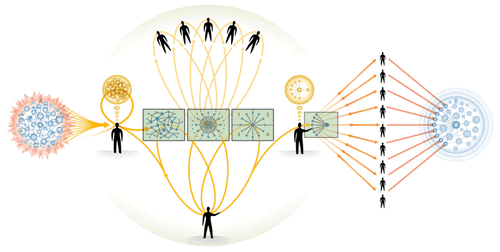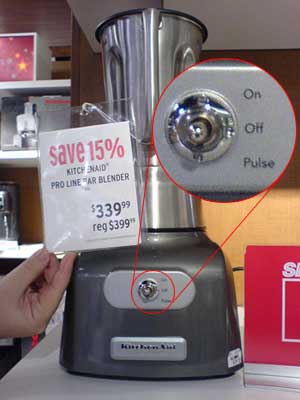
Hype bothers me. Bullshit bothers me. Self promotion bothers me, especially when its made of equal parts hype and bullshit. As an example I’m going to pick on 37 Signals’ Basecamp product. Afterall, they’re certainly big enough not to care about what I say, and since every action has an equal and opposite reaction, it about time for some opposite reactions–otherwise known as reality.
Here’s the reality: Basecamp and 37 Signals’ other poroducts are not nearly a great a they lead everyone to belive. For all the hot air they spout about usability, design and general philosophy of being (more Deepak Chopra then actual ontological enlightenment), i have to ask where’s the beef?
Here are just a few choice examples of many:
How does one edit Company profiles? Its far from clear. I know I did it once, but I can’t seem to figure it how to do it again because the UI is so often completely opaque.
Conceptually Wrtieboards are integral to a project, functionally they are jarringly separate. So much for user-centered design.
From an individual writeboard you can’t get back to the project by clicking the project name–that only bring you back to the main list of writeboards, not your project. Elsewhere in the app project names link to the project’s overview page. Why a unique behaviour here?
Where can I keep a list of links relevant to the project and team? in a message? but the gets burried under chronology. A writeboard? That’s neither obvious, nor easily accessed. Sure you can store your extra bedsheets in the oven, but that’s not really thier proper place. Information simiarly needs a proper place.
Campfire is also poorly integrated with Basecamp despite users’ conceptual model of the chat session belonging to a project.
Staying with Campfire, the window size is enormous. Chatting is often a periphal activity, but the Campfire window size demands huge realestate. Its easier to just use Google Talk (equally simply visual design but with a flexble size).
Filename links in project messages bring you to a list of files, not the file you actually clicked on. This subverts natural expectation
Basecamp/Campfire chewed up 2gigs of RAM after being left open for a day and a half. This problem only seemed to occur with IE, but that’s irrelevant. Who ever heard of a memory leak from a webpage??
And here’s the real kicker–a year of Basecamp (never mind Campfire) with a secure erver (if you’re working for a clinet, they’re going to want at least that much security for sensitive PM info) is over $600. That’s right folks, the cost of Baecamp is like buying a new version of Microsoft Office Professional every year.
Here are a couple alternatives:
1. Use ActiveCollab, it a free, open source project management tool like Basecamp you can install on your server in like 3 minutes.
OR
2. Create a WordPress blog for each project. This gives you almost as much power, much more flexibility, and all for no cost.
Don’t belive the hype folks, my experience with Basecamp has shown me that its frustrations outweigh its benefits, that it cost is utterly unreasonable, and that there are other better alternatives available.









